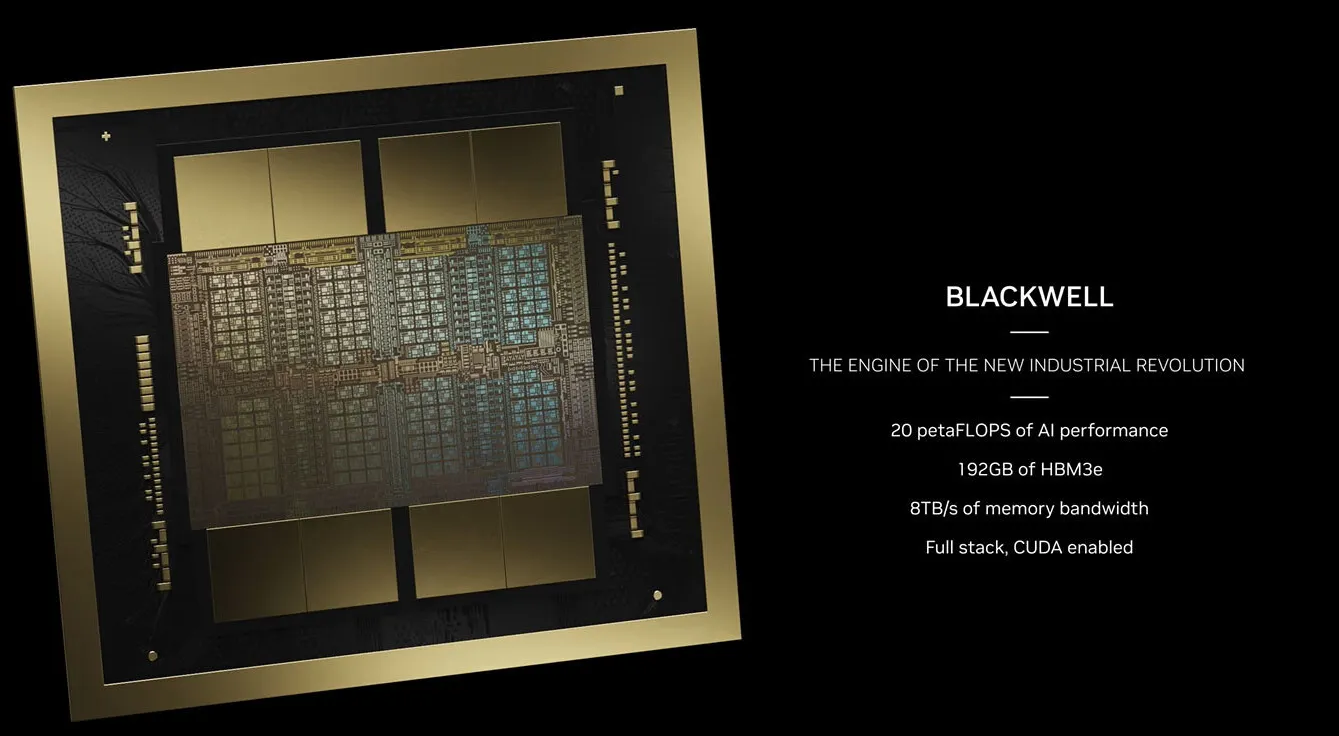Researchers have recently uncovered a Copper Age cemetery in San Giorgio Bigarello, Northern Italy, offering new insights into ancient burial customs and societal structures during this transitional period. The discovery, made during the construction of a community garden, has revealed 22 tombs filled with artifacts such as human remains and weaponry, exceeding expectations with its magnitude.
The excavation of these tombs has highlighted the intricate details of Copper Age funerary rituals, with the discovery of flint weapons like daggers, arrowheads, and blades suggesting a strong connection between weaponry and burial practices in the ancient society.
Additionally, burial goods such as soapstone bead necklaces provide a glimpse into the cultural and personal adornments of the era. The exceptional preservation of some tombs, thanks to the sandy hill location of the cemetery and dry sand conditions conducive to skeletal conservation, has allowed for a meticulous study of these artifacts and their potential significance.
One intriguing aspect of the excavation was the consistent burial orientation observed among many skeletons, with a distinctive posture similar to burial practices in the Remedello culture, indicating possible cultural connections and influences in the region. The presence of weapons alongside the remains hints at the societal structures and roles of individuals during the Copper Age, with the identification of warriors shedding light on the complex relationship between culture, warfare, and burial rituals. This remarkable discovery in Italy's rich archaeological landscape adds to our understanding of this ancient period and the practices of its people.









 English (US)
English (US)